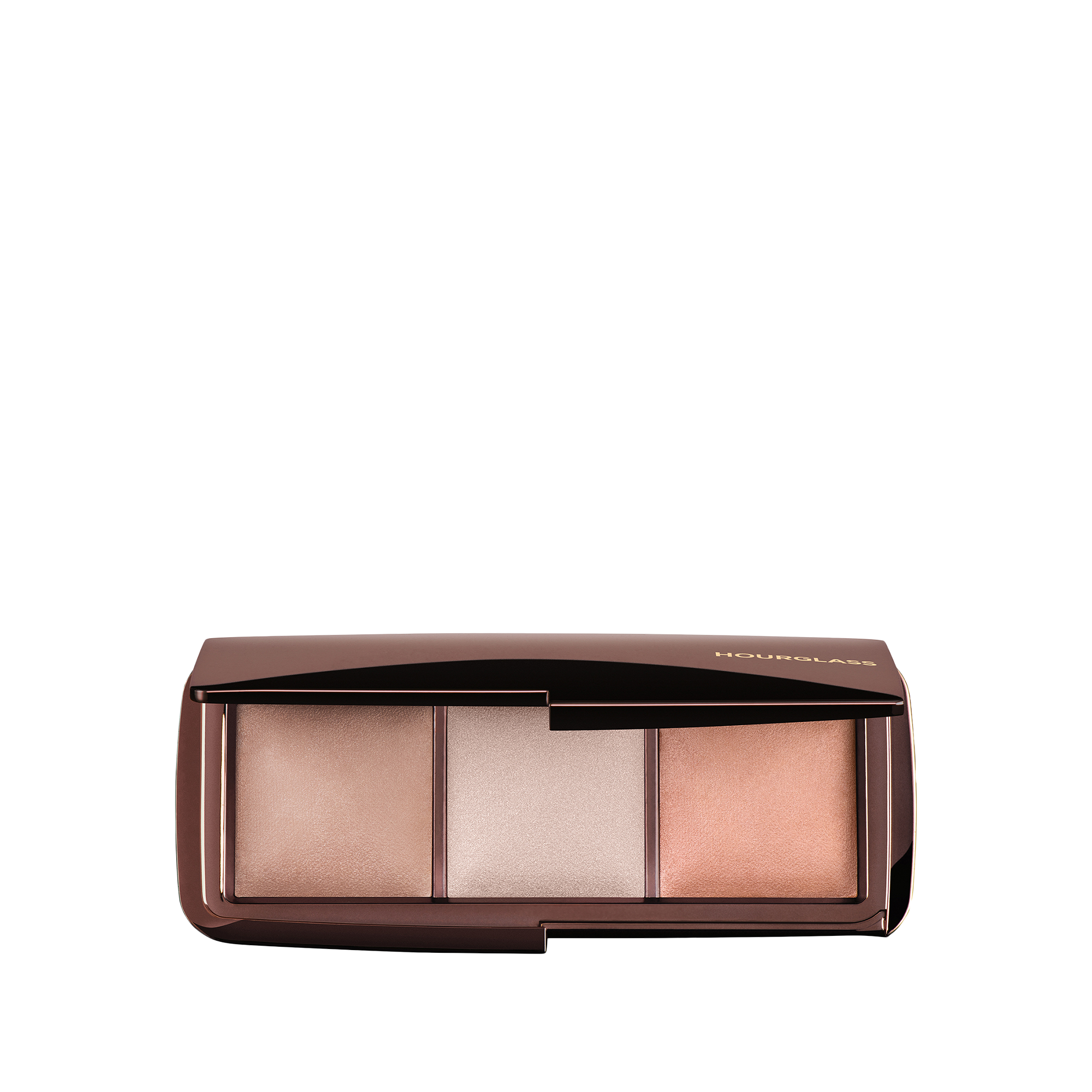Imagine walking into a room where the light seems to wrap around you like a warm embrace, setting a mood that is both inviting and invigorating. That’s the magic of an ambient lighting palette.
It’s more than just illumination; it’s about creating an atmosphere that transforms your space and elevates your experience. Whether you’re hosting a cozy dinner or simply unwinding after a long day, the right lighting can make all the difference. You’ll discover how to apply an ambient lighting palette to enhance your home or office.
You’ll learn simple, actionable steps that can dramatically change how you feel in your environment, tapping into the subtle yet powerful influence of light on your emotions and productivity. Ready to unlock the secret to a more harmonious space? Let’s dive in and illuminate your world with the perfect ambient lighting palette.
Choosing The Right Colors
Choosing the right colors for ambient lighting creates a cozy atmosphere. Soft hues like warm whites and pastels enhance relaxation. Experiment with different shades to find the perfect balance for your space.
Choosing the right colors for your ambient lighting palette can transform a room from mundane to magical. The colors you select play a crucial role in setting the mood and enhancing the overall aesthetic. Whether you’re aiming for a cozy atmosphere or a lively space, the right hues can make all the difference. Let’s delve into how you can choose the perfect shades for your ambient lighting.
Warm Vs Cool Tones
Understanding warm and cool tones is essential when picking colors for your ambient lighting. Warm tones like reds, oranges, and yellows create a cozy and inviting atmosphere. They are perfect for living rooms or dining areas where you want to encourage conversation and relaxation. On the other hand, cool tones such as blues, greens, and purples evoke calmness and serenity. These shades work well in bedrooms or study areas where you need to focus or unwind. Reflect on the purpose of each room to determine whether a warm or cool palette would best suit your needs.
Complementary Colors
Complementary colors are pairs that sit opposite each other on the color wheel. Using these can add a dynamic contrast to your space. For instance, pairing a soft blue with a vibrant orange can create an eye-catching effect that is both balanced and visually stimulating. Consider using complementary colors to highlight certain features of a room. Maybe your favorite piece of art or a unique architectural detail. Think about how these colors can interact with your existing decor to maintain harmony while adding a pop of interest. Have you ever noticed how certain colors make you feel? Tap into those emotions when selecting your ambient lighting palette. Your personal connection to color can guide you in creating an atmosphere that truly resonates with your personality and lifestyle.

Credit: www.hourglasscosmetics.com
Lighting Types And Fixtures
Transforming your space with ambient lighting can be a game-changer. Choosing the right lighting types and fixtures is crucial to achieving that perfect ambiance. It’s not just about picking a light; it’s about selecting the right fixture that complements your style and serves your practical needs. Let’s dive into some specific options that can elevate your home’s atmosphere.
Led Strips And Bulbs
LED strips are a fantastic way to add subtle lighting to any room. They are versatile, efficient, and easy to install. You can place them under cabinets, along staircases, or even behind your TV for a soft glow that enhances the mood.
Think about the color temperature when choosing your LED bulbs. A cooler light can energize your mornings, while warmer tones create a cozy atmosphere in the evenings. You can adjust these settings with smart bulbs, making it easy to change the vibe with a simple command.
Pendant And Wall Lights
Pendant lights offer a stylish touch and can be a focal point in your room. They come in various designs, from sleek modern to vintage chic, allowing you to express your personality. Consider how the light will interact with your furniture and decor.
Wall lights, on the other hand, are perfect for adding layers to your lighting scheme. They work well in hallways or as bedside lamps, providing targeted illumination. Reflect on how these fixtures can highlight your art pieces or architectural features.
Do you ever wonder how lighting can transform your mood? By mixing different types of fixtures, you can create a dynamic environment tailored to your needs. Whether you’re winding down after a long day or hosting a lively gathering, the right lighting makes all the difference.
Layering Light For Depth
Creating a cozy room starts with the right ambient lighting palette. Mix soft lights to create depth and warmth. Use lamps, ceiling lights, and wall lights to enhance each area. Light layering adds a welcoming feel to any room.
Layering light brings depth and dimension to any room. It involves combining different light sources. This creates a balanced and inviting atmosphere. An ambient lighting palette is essential in achieving this effect. It sets the mood and enhances the room’s aesthetic. To effectively layer light, consider various techniques.
Accent Lighting Techniques
Accent lighting adds drama and focus to spaces. Use it to highlight artwork, architectural features, or favorite objects. Wall sconces, spotlights, and track lights work well for this purpose. Choose fixtures that match your room’s style. Adjust the intensity to create the desired effect. The goal is to draw attention without overwhelming the space.
Task And Ambient Light Balance
Balancing task and ambient light is crucial for functionality. Task lighting provides focused illumination for specific activities. Desk lamps, under-cabinet lights, and reading lamps are examples. Ambient lighting, like ceiling fixtures and floor lamps, fills the room with a soft glow. Combine both types to ensure practicality and comfort. Adjust them based on the time of day and activity. This balance enhances the room’s overall ambiance.
Creating Mood With Light
Light is a powerful tool in shaping our surroundings. The right lighting palette can transform a space’s mood, making it feel warm and inviting. Ambient lighting, in particular, is key for creating the right atmosphere. It provides a soft, comforting glow that changes the feel of any room. Understanding how to apply an ambient lighting palette can significantly enhance your living space.
Softening Harsh Spaces
Harsh lighting can make a room feel cold and unwelcoming. To soften these spaces, use lamps with warm bulbs. Choose shades that diffuse the light gently. Wall sconces can add a soft glow to corners. Avoid overhead lights that cast sharp shadows. Instead, aim for layers of light sources. This creates a more balanced illumination.
Enhancing Natural Light
Natural light is a valuable asset in any room. Enhance it by using light colors on walls and ceilings. They reflect sunlight, making spaces appear brighter. Sheer curtains can filter light without blocking it. Position mirrors to bounce sunlight around the room. This adds depth and openness. Consider using glass or reflective surfaces to amplify natural light.
Utilizing Smart Lighting Technology
Smart lighting technology changes the way we light our homes. It offers convenience, control, and efficiency. Ambient lighting creates mood and enhances spaces. With smart technology, you can easily adjust your lighting palette. This involves automation, energy-saving features, and simple control options.
Automation And Control
Automated lighting adjusts based on your schedule. Set timers for lights to turn on or off. Use voice commands or apps to change settings. Smart lights can dim or brighten automatically. This adds comfort and saves time.
Energy Efficiency Benefits
Smart lighting reduces energy use. LED bulbs consume less power and last longer. Dimming lights further cuts energy costs. Control lights remotely to save energy when not in use. Smart lighting is both eco-friendly and cost-effective.

Credit: www.pinterest.com
Impact On Interior Design
The impact of an ambient lighting palette on interior design is profound. It goes beyond mere illumination, shaping the mood and atmosphere of a space. Carefully selected lighting can transform a dull room into a cozy haven. It enhances architectural features, drawing attention to details often overlooked. A well-chosen palette highlights textures and colors, adding depth and dimension.
Space Transformation Tips
Use ambient lighting to redefine the perception of space. Install ceiling lights for a bright, open feel. Wall sconces can create an intimate atmosphere in smaller rooms. Consider floor lamps to add height and drama to your interior. Experiment with dimmers to easily switch from functional to relaxed settings. This flexibility allows your space to adapt to different needs.
Color And Texture Integration
Ambient lighting can accentuate color schemes and textures. Choose warm lights to enrich earthy tones and natural textures. Cool lights work well with modern, sleek interiors. Soft, diffused lighting highlights soft fabrics like velvet or silk. Use LED strips under cabinets to illuminate textured backsplashes. This enhances the tactile experience of your home.

Credit: www.hourglasscosmetics.com
Frequently Asked Questions
How To Use An Ambient Light Palette?
Choose colors that create a calming effect. Match the palette with room decor. Use soft lighting to enhance ambiance. Experiment with hues and tones to find the perfect balance. Adjust as needed to suit different moods and occasions.
What Are The Rules For Ambient Lighting?
Use soft, diffused lighting for a warm atmosphere. Select dimmable lights to adjust brightness. Avoid harsh, direct light sources. Incorporate multiple light layers for depth and texture. Ensure uniform light distribution for balanced ambience.
How To Use Ambient Lighting?
Position ambient lighting to create a warm, inviting atmosphere. Use dimmers for adjustable brightness. Combine with task and accent lighting for balance. Choose soft, diffused bulbs to minimize glare. Place lights strategically to highlight architectural features. Ensure even light distribution for a cozy environment.
How To Apply An Illuminating Palette?
Apply illuminating palette using a brush or fingertips. Highlight cheekbones, nose bridge, and brow bones. Blend gently for a natural glow. Choose shades matching your skin tone for the best results. Finish with setting spray to ensure long-lasting illumination. Perfect for achieving a radiant, luminous look effortlessly.
Conclusion
Choosing the right ambient lighting palette transforms any space. It creates mood and enhances your home’s atmosphere. Experiment with different colors and intensities. Find what suits your personal style. Remember, lighting affects emotions and perceptions. Don’t shy away from trying new ideas.
Subtle changes can make a big impact. Pay attention to details like bulb type and fixture design. These elements contribute to the overall effect. A well-planned lighting setup invites comfort and warmth. It makes your home a welcoming place. Enjoy the process of designing your perfect lighting scheme.
Let your creativity shine through.

